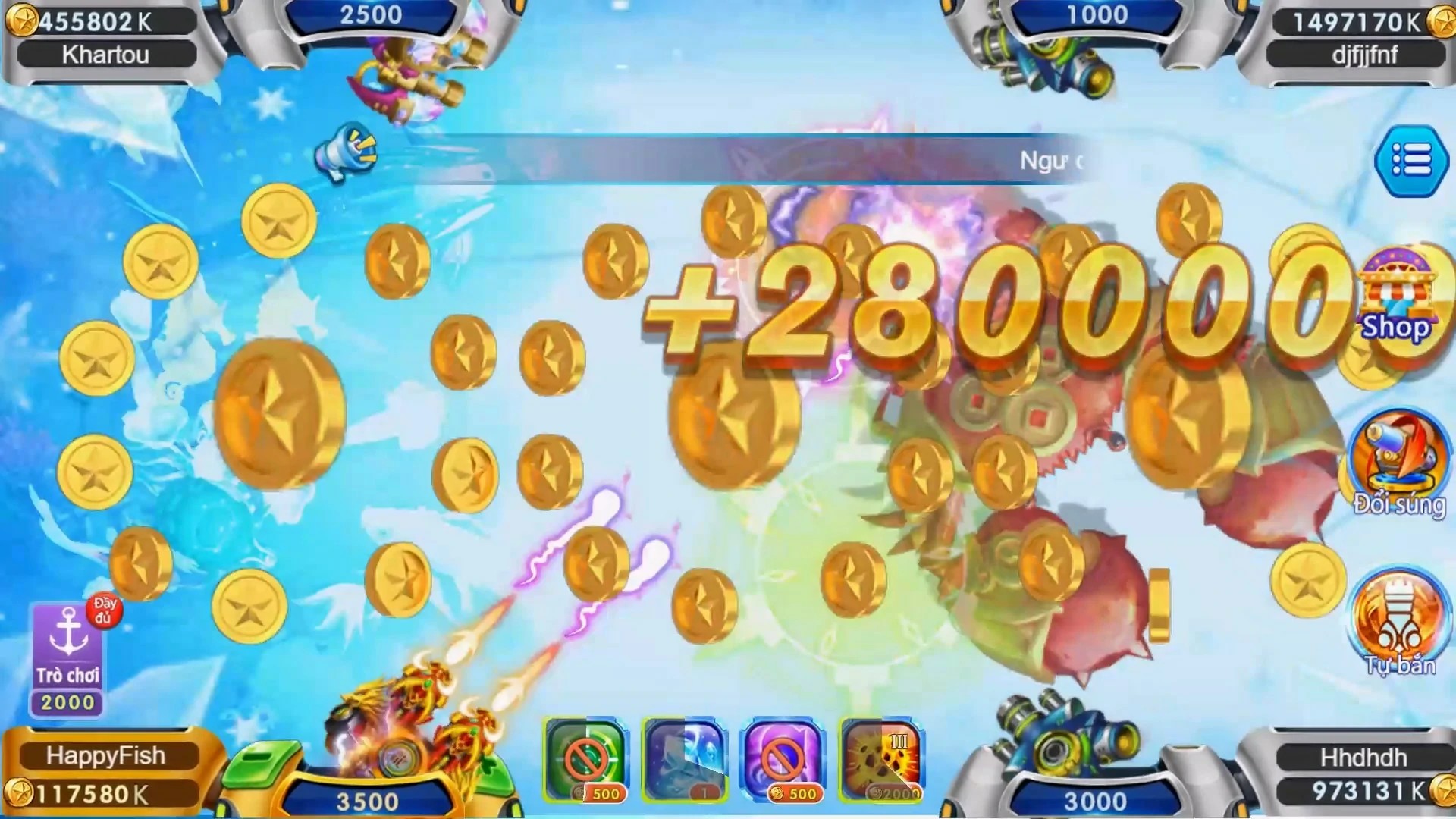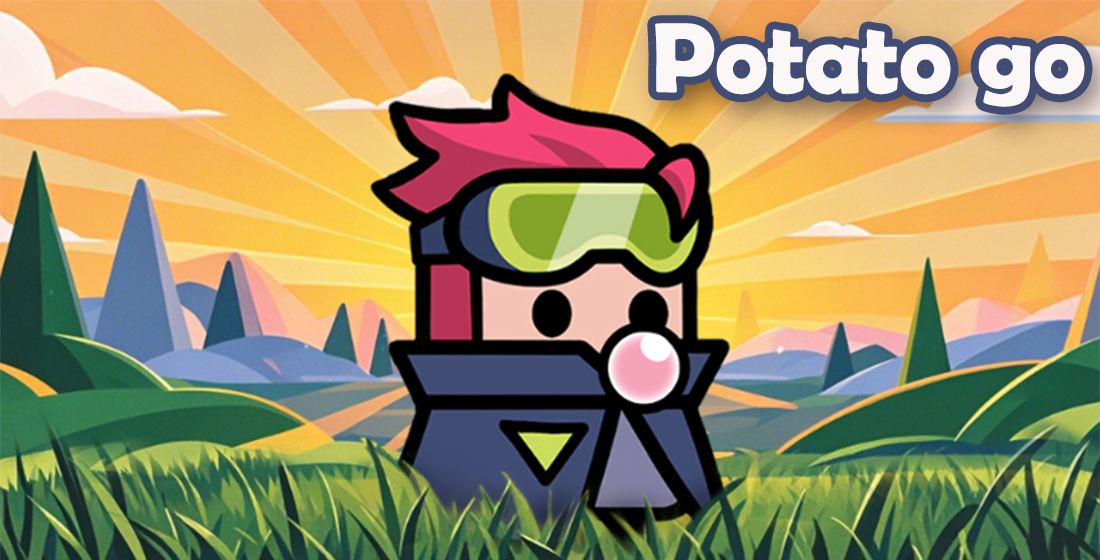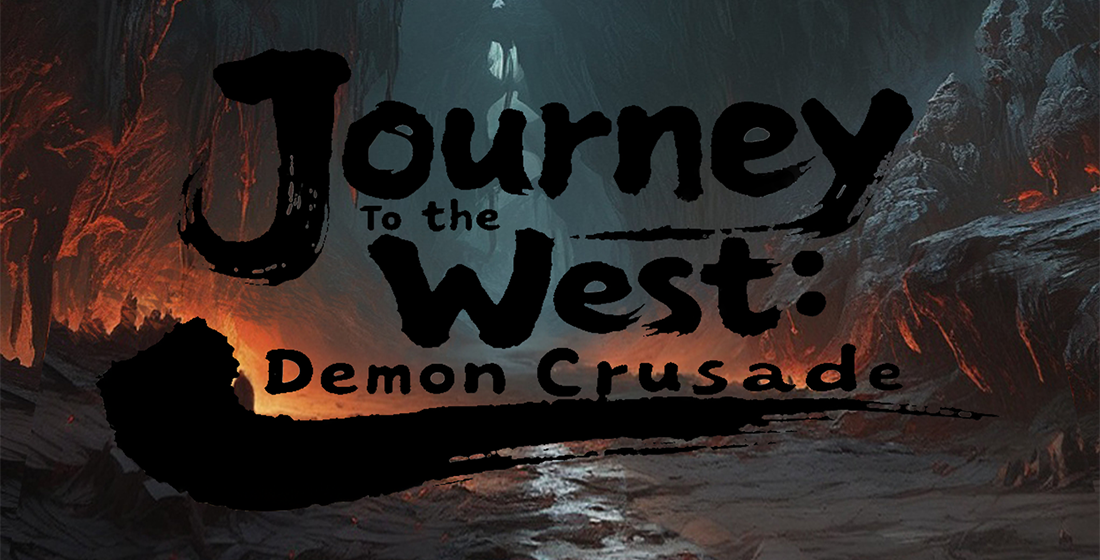Learning Meets Entertainment in Creative Games
Education has taken some exciting steps forward, especially when creative games become the main event. In recent times, the blending of educational goals and playful designs—educational games—is making a big splash. By 2025, these aren't just a passing trend. They've become essential tools for smart classrooms and self-taught learners everywhere.
Why Creative Games Matter in Education
- Makes learning more enjoyable
- Fuels curiosity in young learners
- Improves problem solving abilities
- Boosts memory retention rates
- Sustains motivation for long-term studies
But why do creative elements work so well? Well, think about how video games hook us for hours with rewards and challenges—they tap into a deep emotional response. When you mix that engagement with knowledge-building goals, the impact doubles. It makes perfect sense that parents and educators alike are adopting these tools in higher numbers than ever before.
What Makes 2025 a Turning Point for Educational Tools?
| Feature | Educational Benefits | Top Tools in 2025 |
|---|---|---|
| Adaptive AI tutoring | Personalizes learning path for each child | GlowForge PlayLab <-> DreamBot EDU |
| PBL (Project-Based Learning) | Integrate theory with real life tasks | CrunchLearner: The Coding Kingdom |
| Collab-based gameplay | Encourages teamwork in virtual classrooms | SynkED, BrainHive Connect, PuzzleScape |
| Homeschool to hybrid support | Scales for both in person and remote use | PaperCraft Lab & Crystal Quest Learning Boxes |
The Rise of Physical-Powered Play: Enter Crystal Kingdom
Not all creative games are purely digital. Physical games still have their strong foothold, especially for young minds needing sensory input. Take the increasingly popular Crystal Kingdom wooden puzzle for example—a physical brain-teasing adventure that doubles up as STEM-building experience. Its clever structure is part puzzle and part educational narrative that makes critical thinking fun.
Crystal Kingdom: Puzzle Layout Overview

This puzzle requires players to build interconnected pieces that mimic a magical land—layer by layer.
Fans who got a little stumped have been hunting online for the full crystal kingdom wooden puzzle solution. The hunt? It's worth it—once you complete each step of this wooden wonder, kids are left feeling proud and mentally sharper. No matter if your kiddo is into science, architecture, or just really into dragons (hey—we all start there there!) it’s a great hands-on learning toy to try.
When Virtual Meets Long-Play: How Does a Call of War Style Game Fit?
You'd be suprized at how many strategy-focused titles offer serious educational depth without feeling like work. For example, one title, a Call of War sim game, gives a surprisingly robust history lesson. The long-form, real-time war gameplay can span weeks. Players manage ancient civilizations, navigate diplomacy, and make tough leadership choices.
If you’ve ever asked yourself, how long does a call of war game last? Here's an idea of average durations based on server types:
| Mode Type | Average Completion |
|---|---|
| Mini-Campaign | 7 to 14 Days |
| Full Campaign | 6 - 9 Weeks (depending on player action pace) |
| Free Roam | Indefinite play, no set end |
Crazy right? But wait—it actually improves attention span and patience, and teaches complex problem-solving under time constraints. In classrooms, teachers are seeing these kinds of long-term creative games help build discipline while still maintaining fun in the process. It's no wonder that more edugame studios are jumping in on long-form gameplay ideas for students in 2025.
Beyond Gamified Learning: What's New with Educational Platforms in 2025?
If 2025 has a learning buzzword, it's 'adaptive immersion.' What do experts in Macedonia (yes, Macedonia), Croatia and beyond have noticed so far this year? Let's see:
- Offline compatibility improved (so rural and remote areas benefit, too)
- Licensed local content (for better language support in the Balkans region)
- New AR/VR classroom setups (now priced at less than $300 for schools to buy per unit)
- Mix-media approaches with digital <
to<<physical<< tools used in unison for deeper cognitive learning
This is the year where educational tools finally catch up to diverse learning environments, especially outside traditional urban centers. Creative thinking tools aren't reserved for top-tier tech schools anymore, they're accessible and engaging across regions where education needs a lift.
Making The Most of What We Have
- Blended learning (digital + physical) enhances brain development.
- Games with extended gameplay (Call of War- style) teach strategic long-term thinking and resource planning.
- Educators benefit when puzzle tools like Crystal Kingdom encourage motor and logical skills at once.
- Edugames need more localization, and developers have stepped up in countries like Bulgaria, Albania, and N Macedonia this year.
Final Thoughts: What's Ahead Beyond the Buzz of 2025?
If there’s one truth we've learned—this isn't just hype or a short term tech phase: the marriage between edtech and play shows massive, measurable improvements across the learning ecosystem, even for students facing resource barriers.
The next time you're browsing through creative games that feel playful but actually pack an intellectual punch—go ahead. These new tools aren't toys, they're learning accelerators. Whether it’s finding a clever wooden Crystal Kingdom fix or running a call of war simulation lasting nearly two months the takeaway is this:
Education isn't losing value, it's changing the way it’s served.
In the future? Think more hybrid, inclusive learning—and games that make you want to pick them up again and again, even during a tough lesson week.
We’re not stopping at 2025 either. As the global demand for smarter, accessible learning tools climbs, the creative game revolution isn't ending—it’s accelerating. Whether you're in Ohrid, Bitola, or somewhere beyond the EU’s borders… get ready. Edugaming is coming.



